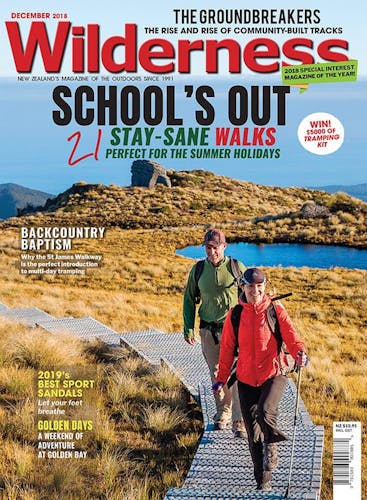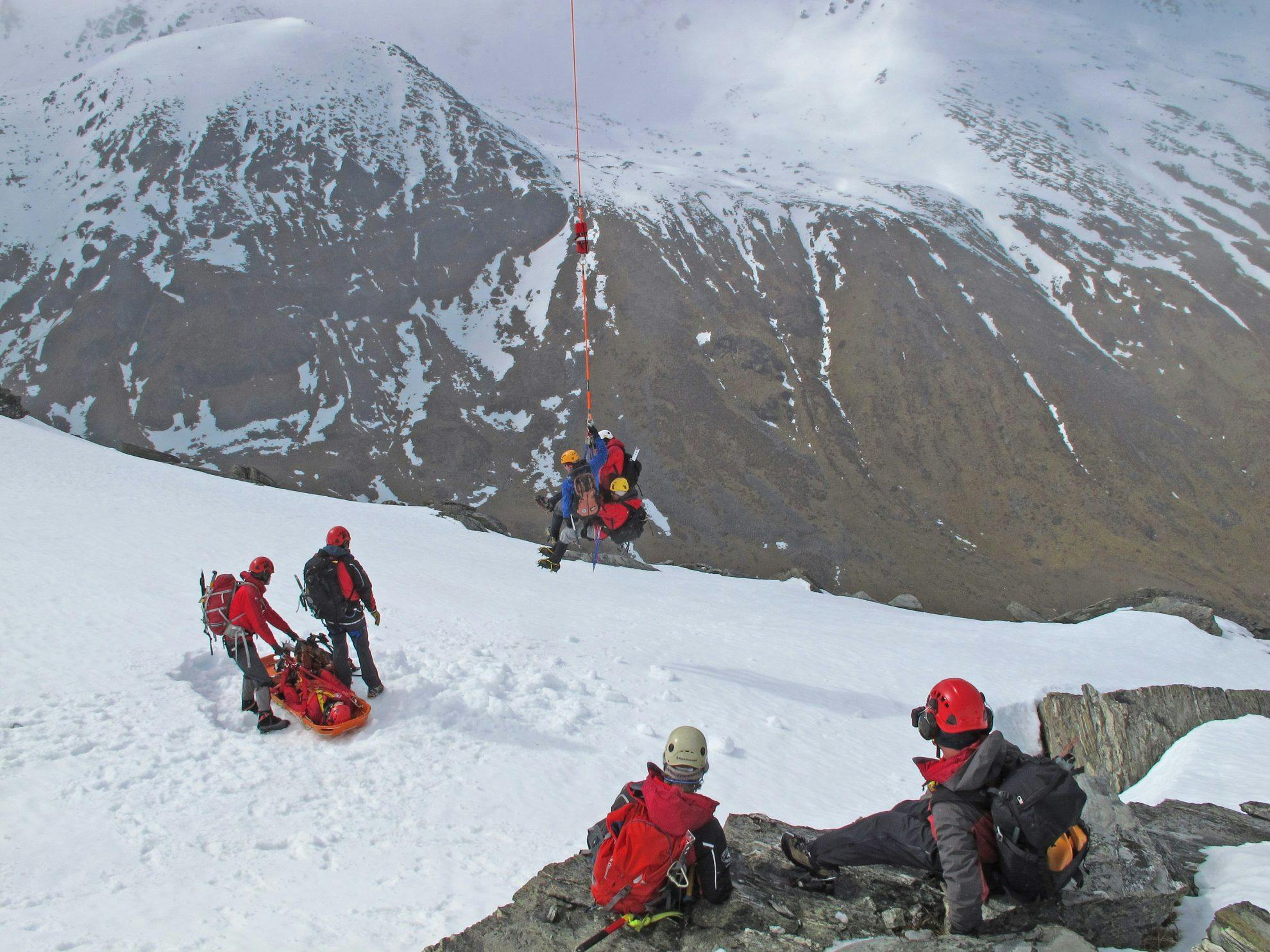Following another death of a tourist in the backcountry, the safety of tramping tourists is again in the spotlight. But are they any more likely than New Zealanders to come to grief on a tramping track?
It had a familiarly tragic plot. A tourist sets off ill-prepared on a challenging alpine walk. The weather deteriorates, and exposed to the elements in blizzard conditions, another international visitor doesn’t make it home from a New Zealand track.
The death of Indian tourist Sateesh Babu Halehally-Chikkanna on the Tongariro Alpine Crossing in October has reinvigorated debate about how to ensure the safety of tourists exploring the backcountry.
In the wake of the death, police and DOC released a statement urging the public to intervene and talk to tourists about their plans.
“Talk to visitors who are in your shops, petrol stations or hotels,” senior constable Barry Shepherd said. “Ask them their plans, tell them about the New Zealand weather – what cold really means here, what rain really means here.
“Tell them that jeans are not acceptable in any hiking situation. Let them know a torch can help save their lives.”
Halehally-Chikkanna’s death came shortly after the coroner concluded an investigation into the deaths of two tourists on Fiordland’s Gertrude Saddle route and that of a tourist on the Rabbit Pass route in Mt Aspiring National Park.
Shepherd’s call to action after Halehally-Chikanna’s death implied tourists don’t appreciate how dangerous New Zealand’s wilderness areas can be. But are tourists really any more likely to die, or require rescuing, while tramping?
According to the Mountain Safety Council’s investigation into tramping incidents, A Walk in the Park?, as a proportion, Kiwis are more likely to need rescuing than tourists. For example, although
Kiwis make up just 25 per cent of the 141,000 trampers on the Tongariro Alpine Crossing, they account for 34 per cent of all rescues.
Likewise, on the Milford Track, 26 per cent of trampers are from New Zealand, but they make up 40 per cent of search and rescue incidents on the track.
Overall, MSC’s research also suggests tourists were under-represented in the number of search and rescues involving trampers. In 2017, 40 per cent of trampers in New Zealand were overseas visitors (602,766) but they made up just 32 per cent of search and rescue incidents.
However, tourists were slightly more likely to die in the backcountry, accounting for 43 per cent of tramping fatalities between 2007 and 2017.
So why do tourists appear to be under-represented in search and rescue figures?
A recent NZ Search and Rescue survey found tourists were more prepared than New Zealanders and more likely to seek information before heading on a tramp.
Last summer, DOC staff and LandSAR volunteers interviewed 134 trampers at nine SAR hotspots around the country.
It found tourists were more likely to carry essential gear and supplies, like a rain jacket, additional warm clothes, a first aid kit and food and water. They were also nearly twice as likely to wear tramping boots.
Tourists were also more likely to seek information to plan their trip. All of the overseas tourists interviewed had sought information about their trip, compared with 78 per cent of Kiwis.
The only areas where New Zealanders were more prepared was in carrying a personal locator beacon (24 per cent versus five per cent), and in leaving trip intentions (74 per cent versus 65 per cent).
However, NZSAR communications coordinator Rachel Roberts cautioned that the small sample size made it difficult to draw strong conclusions from the findings.
The figures call in to question why tourists have been a focus of tramping safety campaigns.
The topic was something search and rescue representatives were unwilling to discuss. Representatives from Police, LandSAR and NZSAR all refused to comment or did not respond to emails or phone calls. Mountain Safety Council chief executive Mike Daisley also refused to be interviewed.








